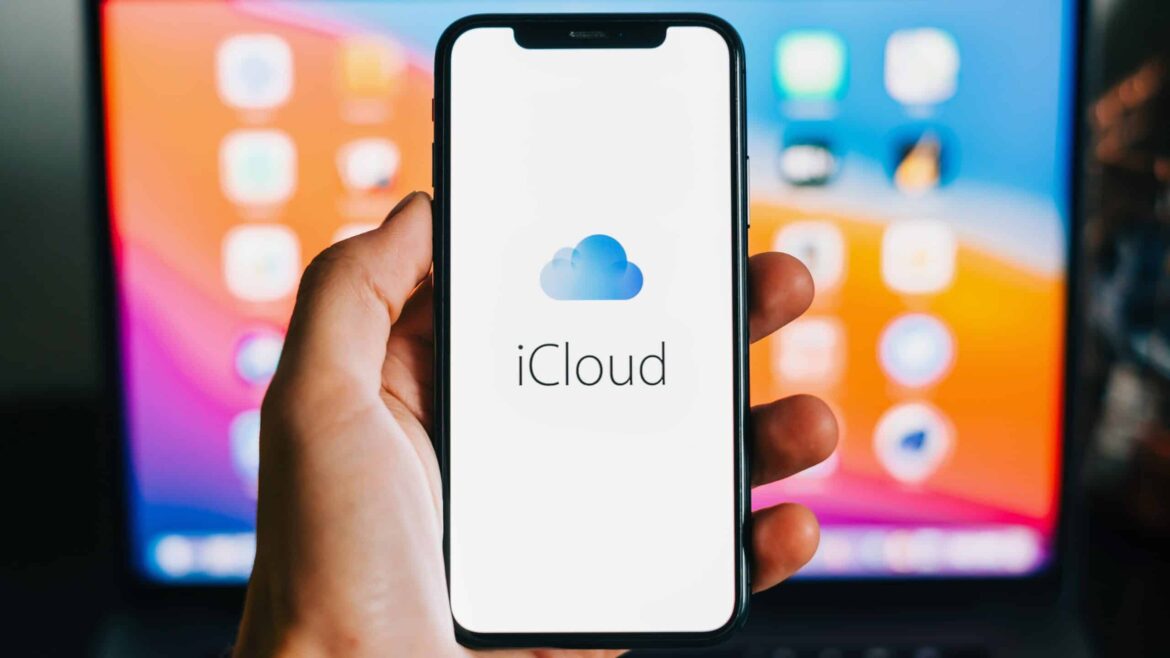If your iCloud storage is full, you may not be able to receive new emails, your photos will no longer be synced, or backups will fail. That’s why you should free up space or upgrade your storage.
iCloud storage full: What takes up the most space
Not everything is counted in iCloud storage. Most of the time, it’s data such as photos or email attachments that quickly take up several gigabytes on your hard drive. iCloud requires a lot of space, especially for iCloud photos: the more photos and videos you take, the faster the storage fills up.
- If you are familiar with the term “Photo Stream,” this feature has been discontinued. It has been replaced by “iCloud Photos,” a powerful service that automatically uploads your photos and videos to iCloud and syncs them across all your devices. Any changes – such as a deleted photo – are applied to all connected devices.
- Calendar entries are also stored in the cloud. But don’t worry – the address book and reminders take up so little space that you won’t even notice.
- It’s no different with iTunes. Since Apple allows you to re-download purchased videos, books, apps, and music, you don’t need to store them in the cloud.
- Apple offers Mail Drop for large email attachments. This allows you to send files of up to 5 GB. These files do not affect your iCloud storage.
- All other data that you store in the cloud will be deducted from your quota.
Check, manage, and empty iCloud storage
If you use iCloud for backup, every newly installed app is automatically backed up. Many applications compile data for iCloud, but in many cases a backup is not necessary. To set this up correctly, go to Settings. However, Apple has recently redesigned the menu navigation in iOS and iPadOS. The most important settings can now be found under: Settings ☻ [Your name] ☻ iCloud ☻ Storage. If you want to free up storage space, proceed as follows:
- Open Settings and tap your name at the top. Go to “iCloud” and then “Manage Storage.” See which apps are using the most storage. These are usually photos, backups, messages, or iCloud Drive.
- Select an app to see details and delete content if necessary. You can disable any apps that do not need to be backed up to iCloud. Alternatively, you can delete the backup completely at the bottom and then recreate it.
- If you want to find large files, there are two ways to do this: You can go to the Files app and sort the files by size in the “iCloud Drive” location to find and delete particularly large files.
- Or you can go to the iCloud website: Open it and log in with your Apple ID. Then go to “iCloud Drive” or “Photos” to select and remove specific data.
- If you regularly reach your storage limit, you can upgrade or cancel your plan directly in the settings: Once you are back in the storage settings, tap on “Change storage plan.” Select a larger storage package of 50 GB, 200 GB, or two TB.
- Or scroll all the way down to cancel your plan. However, this may result in data being deleted if there is no more space available.
iCloud backup vs. local backup: What’s the difference?
iCloud backup automatically saves data such as app data, device settings, messages, photos, and more. This happens daily in the background as soon as your iPhone is connected to Wi-Fi and plugged in. However, you can also opt for a local backup.
- An iCloud backup is particularly convenient: you don’t have to start anything manually, as the backup runs automatically in the background. Your data is also stored securely in the cloud and can be restored from anywhere, even if you change devices or lose your old one.
- However, the available iCloud storage is limited. Especially if you have a lot of photos or large app data, the free 5 GB is often not enough, making a paid upgrade necessary.
- In addition, the iCloud backup does not include all content, such as locally stored music or large video files outside the cloud.
- A local backup, for example via a Mac with Time Machine, is something else: Time Machine works exclusively on Mac and creates regular backups of your entire system, but not directly via iCloud.
- If you want to back up your iPhone locally, you can do so using Finder (macOS Catalina or later) or iTunes (Windows/Mac with older macOS). One advantage of local backups is that they don’t use iCloud storage and can be restored independently of the internet.
- The disadvantage of local backups is that they offer less flexibility: you have to actively remember to back up your device regularly. You also need to have access to the Mac or PC where the backup is stored. In the event of theft or loss, this can be a problem if you don’t have a recent backup.
- The safest option is to combine both methods: an automatic iCloud backup for everyday use and an occasional local backup for emergencies. This way, your data is doubly protected.

